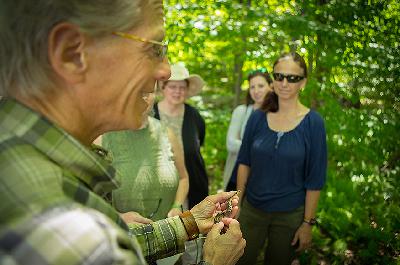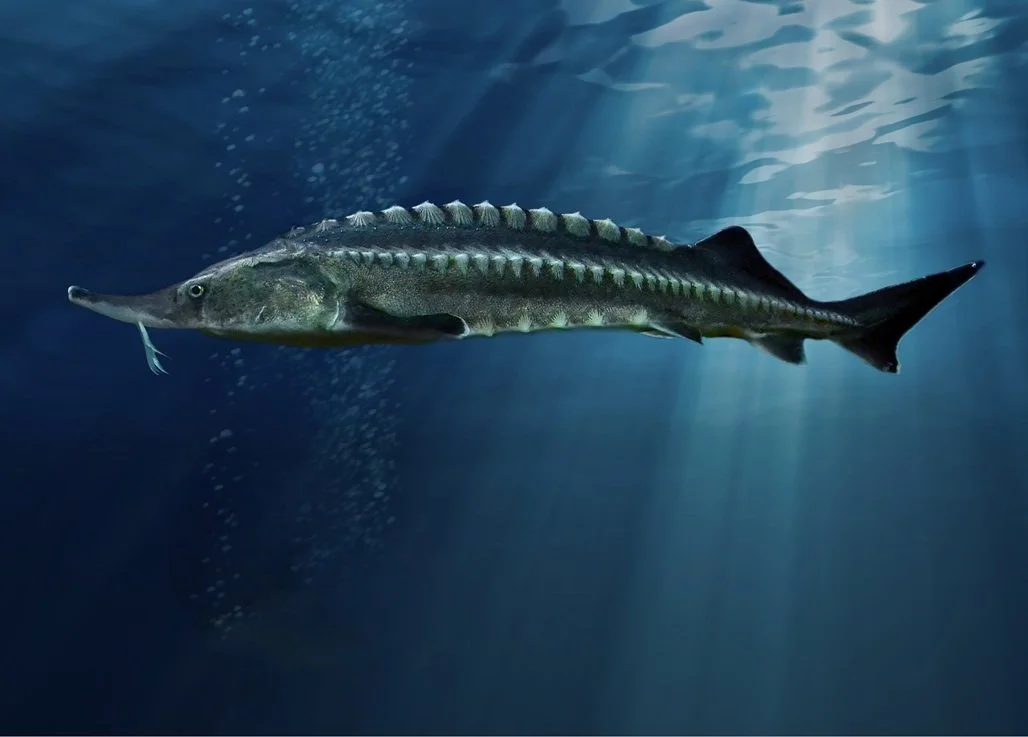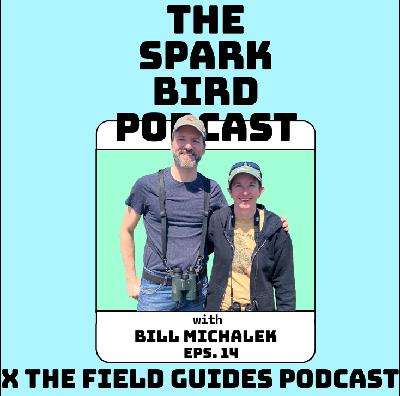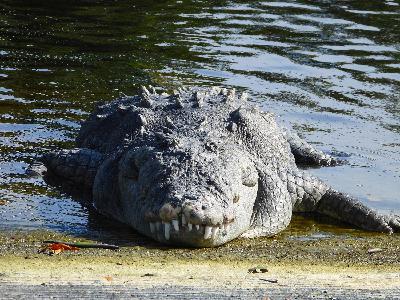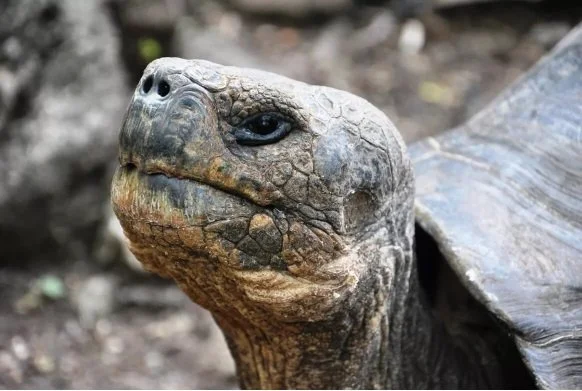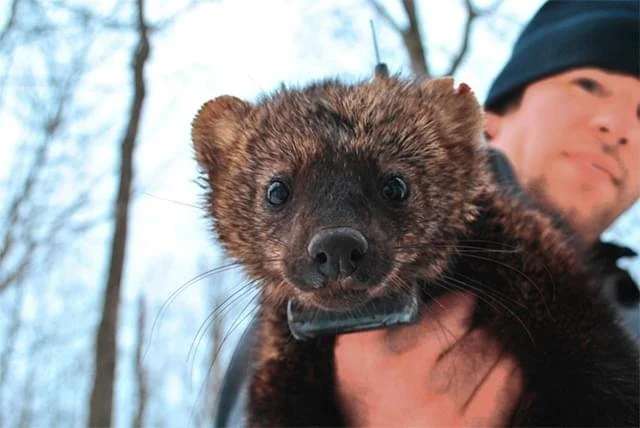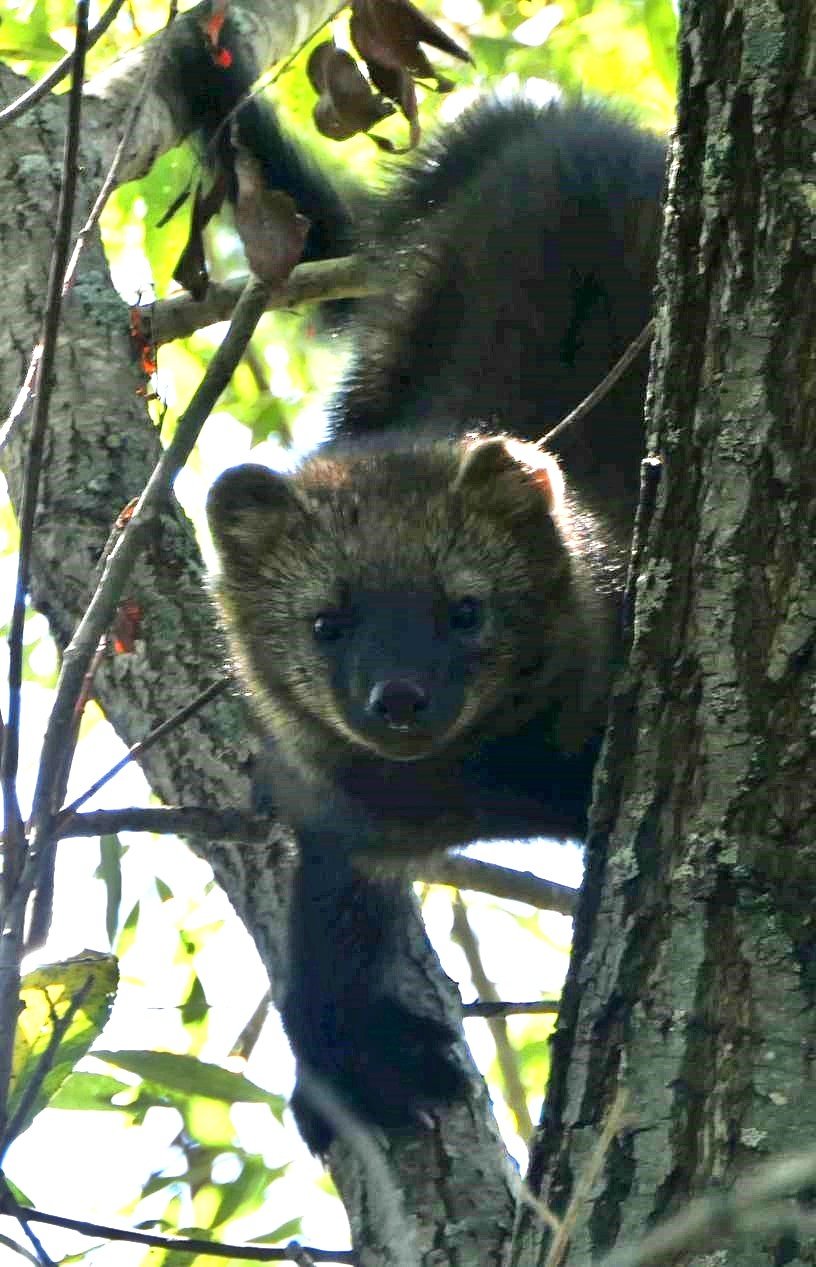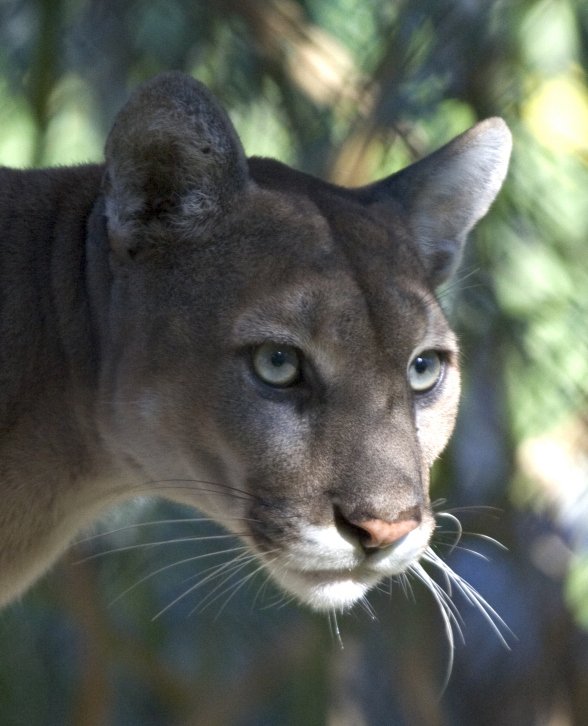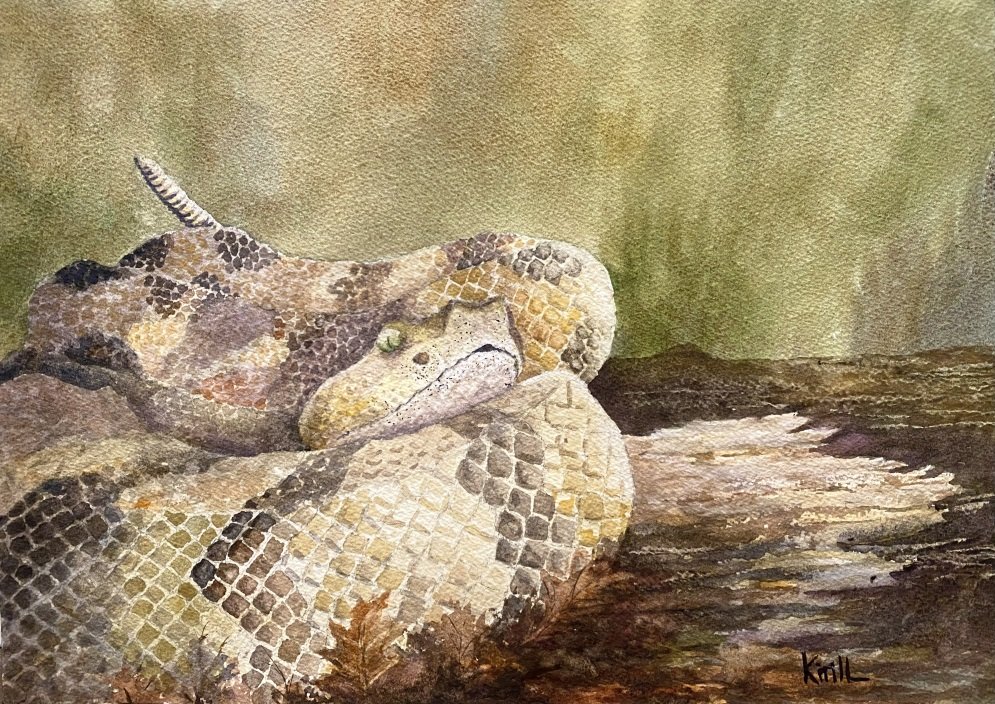Ep. 76 - The Insect Apocalypse! (Part 2)
Description
It’s part 2 of our dive into the Insect Apocalypse, with our good friend Dr. Jason Dombroskie from the Cornell University Insect Collection!
In this part, Jason fills us in on the drivers of the Insect Apocalypse and - most importantly - what we can do about it.
This episode was recorded on August 21, 2025 at Rattlesnake Hill Wildlife Management Area in Dalton, NY..
Episode Notes
During the episode, we made the claim that 40 million acres of the US is lawn, and that that area is equal to all of the country’s National Parks put together. True? Well, sort of. The claim that the U.S. has about 40 million acres of lawn—roughly equal to all our national parks combined—is only partly true. A NASA-funded study led by Cristina Milesi estimated that turfgrass covers about 128,000 km² (≈31 million acres) of the continental U.S., making it the largest irrigated “crop” in the country (Milesi et al., Environmental Management, 2005; NASA Earth Observatory). Later analyses and popular summaries often round that up to ≈40 million acres (e.g., Scienceline, 2011; LawnStarter, 2023). By comparison, the total land area of all officially designated U.S. National Parks is about 52.4 million acres, while the entire National Park System—which also includes monuments, preserves, and historic sites—covers about 85 million acres (National Park Service, 2024). So while lawns and parks occupy areas of similar magnitude, lawns do not actually equal or exceed the combined area of the national parks.
Is it better to mulch leaves on your lawn or leave them be? Here’s what we found: It’s generally best to mulch your leaves with a mower rather than rake or remove them. Research from Michigan State University found that mowing leaves into small pieces allows them to decompose quickly, returning nutrients to the soil and reducing weeds like dandelions and crabgrass (MSU Extension, “Don’t rake leaves — mulch them into your lawn”, 2012). Cornell University studies similarly show that mulched leaves improve soil structure, moisture retention, and microbial activity (Cornell Cooperative Extension, “Leaf Mulching: A Sustainable Alternative”, 2019). However, in garden beds, wooded edges, or under shrubs, it’s often better to leave leaves whole, since they provide winter habitat for butterflies, bees, and other invertebrates that overwinter in leaf litter (National Wildlife Federation, “Leave the Leaves for Wildlife”, 2020). The ideal approach is a mix: mow-mulch leaves on grassy areas for turf health and leave them intact where they naturally fall to support biodiversity and soil ecology.
Episode Links
The Cornell University Insect Collection
Also, check out their great Instagram feed
And their annual October event Insectapalooza
Find out more about the recently discovered species of Swallowtail, Papilio solstitius, commonly known as the Midsummer Tiger Swallowtail- https://www.sci.news/biology/papilio-solstitius-13710.html
Sponsors and Ways to Support Us
Thank you to Always Wandering Art (Website and Etsy Shop) for providing the artwork for many of our episodes.
Support us on Patreon.
Works Cited
Biesmeijer, J.C., Roberts, S.P., Reemer, M., Ohlemuller, R., Edwards, M., Peeters, T., Schaffers, A.P., Potts, S.G., Kleukers, R.J.M.C., Thomas, C.D. and Settele, J., 2006. Parallel declines in pollinators and insect-pollinated plants in Britain and the Netherlands. Science, 313(5785), pp.351-354.
Boyle, M.J., Bonebrake, T.C., Dias da Silva, K., Dongmo, M.A., Machado França, F., Gregory, N., Kitching, R.L., Ledger, M.J., Lewis, O.T., Sharp, A.C. and Stork, N.E., 2025. Causes and consequences of insect decline in tropical forests. Nature Reviews Biodiversity, pp.1-17.
Burghardt, K.T., Tallamy, D.W., Philips, C. and Shropshire, K.J., 2010. Non‐native plants reduce abundance, richness, and host specialization in lepidopteran communities. Ecosphere, 1(5), pp.1-22.
Colla, S.R. and Packer, L., 2008. Evidence for decline in eastern North American bumblebees (Hymenoptera: Apidae), with special focus on Bombus affinis Cresson. Biodiversity and Conservation, 17(6), pp.1379-1391.
Crossley, M.S., Meier, A.R., Baldwin, E.M., Berry, L.L., Crenshaw, L.C., Hartman, G.L., Lagos-Kutz, D., Nichols, D.H., Patel, K., Varriano, S. and Snyder, W.E., 2020. No net insect abundance and diversity declines across US Long Term Ecological Research sites. Nature Ecology & Evolution, 4(10), pp.1368-1376.
DeWalt, R.E., Favret, C. and Webb, D.W., 2005. Just how imperiled are aquatic insects? A case study of stoneflies (Plecoptera) in Illinois. Annals of the Entomological Society of America, 98(6), pp.941-950.
Edwards, C.B., Zipkin, E.F., Henry, E.H., Haddad, N.M., Forister, M.L., Burls, K.J., Campbell, S.P., Crone, E.E., Diffendorfer, J., Douglas, M.R. and Drum, R.G., 2025. Rapid butterfly declines across the United States during the 21st century. Science, 387(6738), pp.1090-1094.
Gaona, F.P., Iñiguez-Armijos, C., Brehm, G., Fiedler, K. and Espinosa, C.I., 2021. Drastic loss of insects (Lepidoptera: Geometridae) in urban landscapes in a tropical biodiversity hotspot. Journal of Insect Conservation, 25(3), pp.395-405.
Gardiner, M.M., Allee, L.L., Brown, P.M., Losey, J.E., Roy, H.E. and Smyth, R.R., 2012. Lessons from lady beetles: accuracy of monitoring data from US and UK citizen‐science programs. Frontiers in Ecology and the Environment, 10(9), pp.471-476.
Groenendijk, D. and van der Meulen, J., 2004. Conservation of moths in The Netherlands: population trends, distribution patterns and monitoring techniques of day-flying moths. Journal of Insect Conservation, 8(2), pp.109-118.
Haddad, N.M., Haarstad, J. and Tilman, D., 2000. The effects of long-term nitrogen loading on grassland insect communities. Oecologia, 124(1), pp.73-84.
Hallmann, C.A., Sorg, M., Jongejans, E., Siepel, H., Hofland, N., Schwan, H., Stenmans, W., Müller, A., Sumser, H., Hörren, T. and Goulson, D., 2017. More than 75 percent decline over 27 years in total flying insect biomass in protected areas. PLoS ONE12 (10): e0185809
Hallmann, C.A., Ssymank, A., Sorg, M., de Kroon, H. and Jongejans, E., 2021. Insect biomass decline scaled to species diversity: General patterns derived from a hoverfly community. Proceedings of the National Academy of Sciences, 118(2), p.e2002554117.
Harris, J.E., Rodenhouse, N.L. and Holmes, R.T., 2019. Decline in beetle abundance and diversity in an intact temperate forest linked to climate warming. Biological Conservation, 240, p.108219.
Hembry, D.H., 2013. Herbarium Specimens Reveal Putative Insect Extinction on the Deforested Island of Mangareva (Gambier Archipelago, French Polynesia). Pacific Science, 67(4), pp.553-560.
Høye, T.T., Loboda, S., Ko




